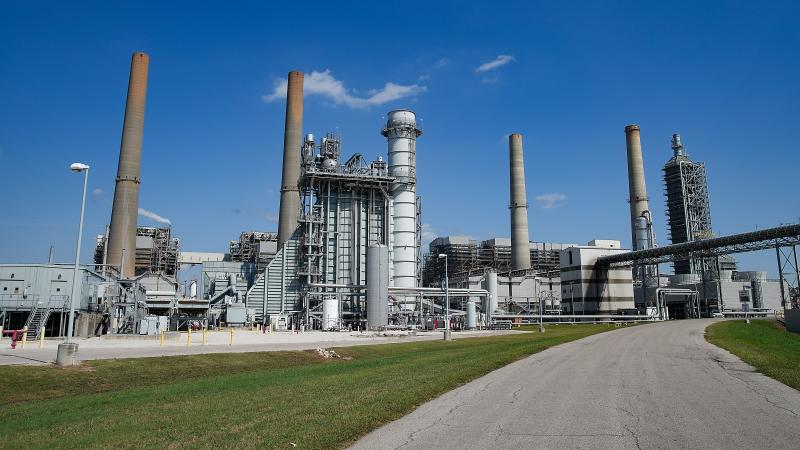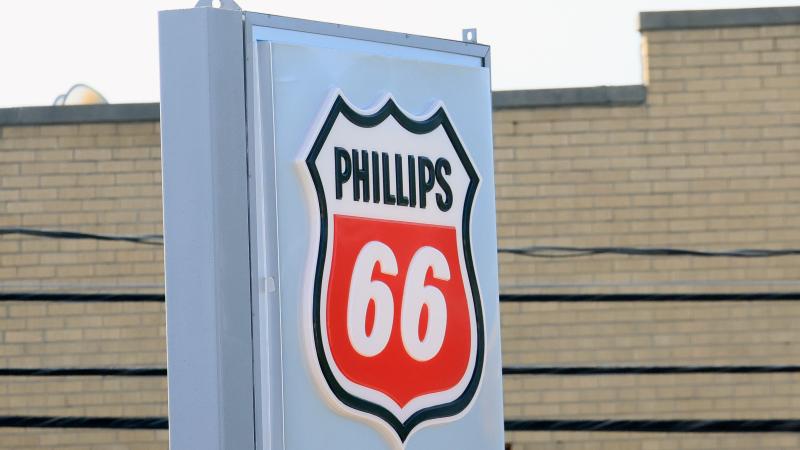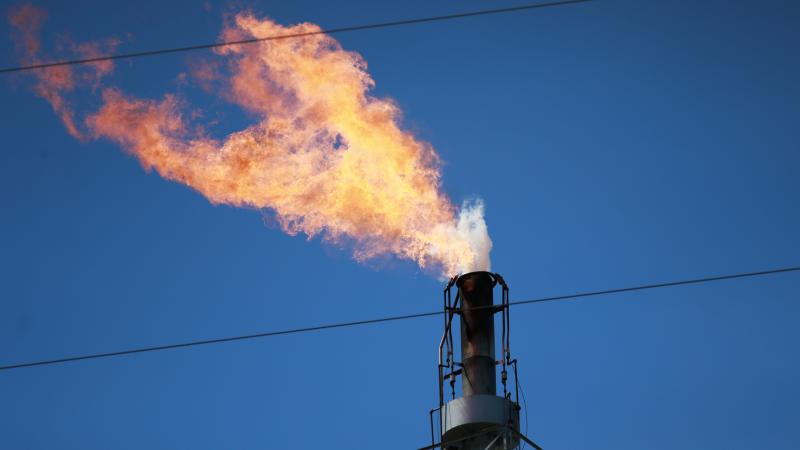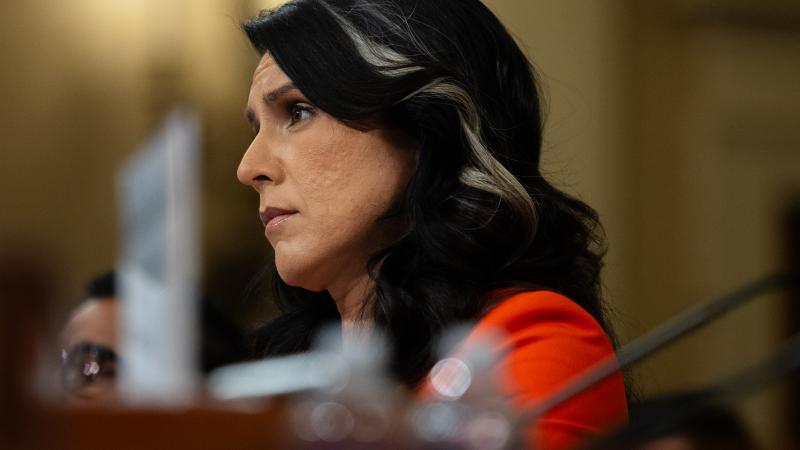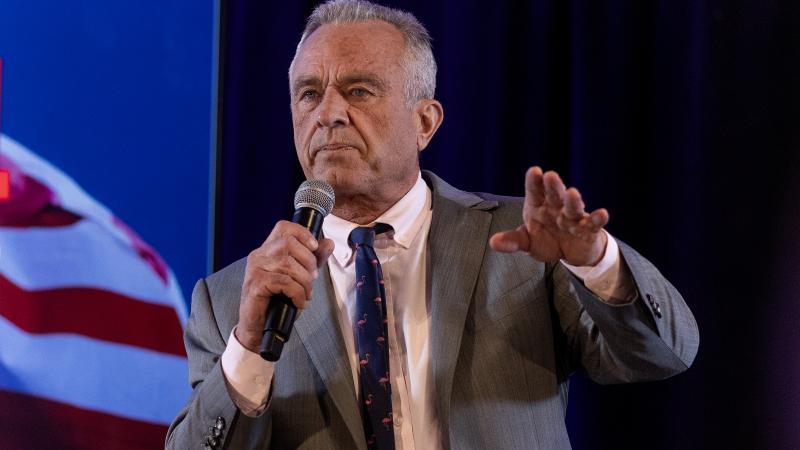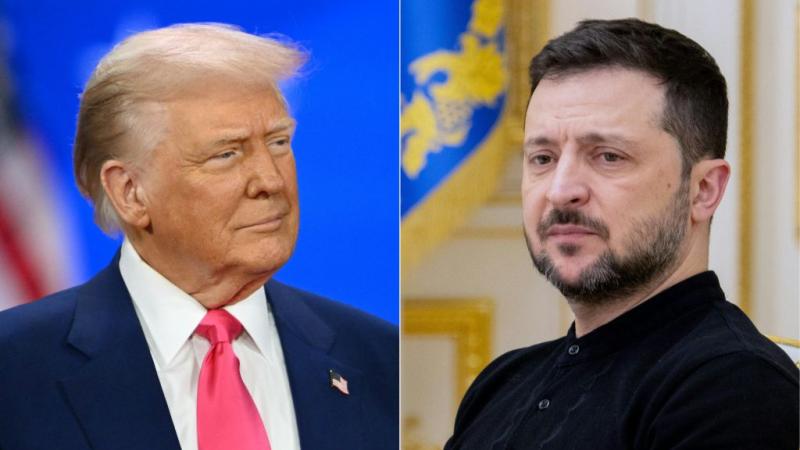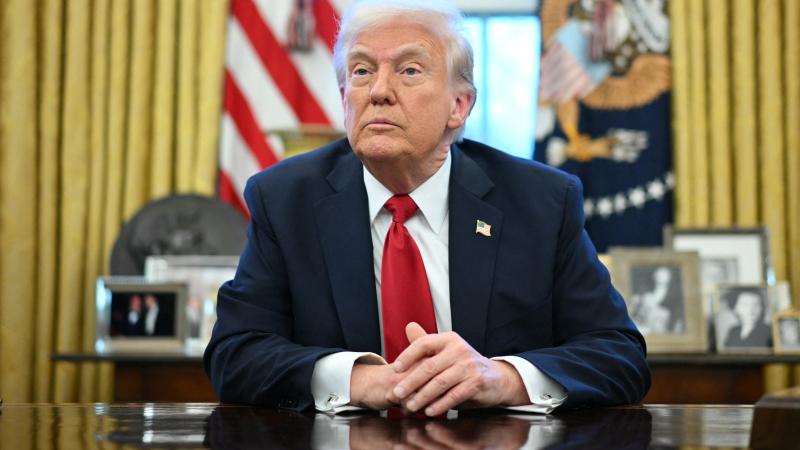Seattle mayor orders update to city's climate plan
Harrell’s order directs the city to produce a Climate Action Plan progress report by the third quarter of this year. Afterwards, the city will develop an updated climate action plan by the third quarter in 2026.
Seattle Mayor Bruce Harrell issued an executive order to update the city’s climate action plan, with an emphasis on reducing greenhouse gas emissions from the transportation sector.
The executive order serves as the first update to Seattle’s Climate Action Plan since it was released in 2013. The plan’s main goal is to achieve carbon neutrality by 2050.
City leaders say the update is meant to accelerate progress toward reaching that carbon neutrality goal. According to a 2022 greenhouse gas inventory released last December, citywide emissions have declined 12% from the 2008 baseline. However, the analysis also found that the city needs to move faster to meet carbon neutrality by 2050.
Harrell’s order directs the city to produce a Climate Action Plan progress report by the third quarter of this year. Afterwards, the city will develop an updated climate action plan by the third quarter in 2026.
“By signing this executive order, I am directing City departments to work as ‘One Seattle’ with our community, governmental, and business partners to develop a new Climate Action Plan laying out long-term actions to build a more resilient City,” Harrell said in a statement.
The executive order emphasizes work in the transportation sector. According to the city, transportation is the largest source of climate emissions in Seattle, responsible for nearly 60% of all emissions.
One of the order’s aspects includes the implementation of strategies to encourage 80% of attendees at the 2026 FIFA World Cup to use public transportation, shared mobility, walking, biking, or other methods, instead of personal vehicles.
The mayor’s order also explores installing public charging stations at municipal sites, launching an e-cargo bike program, and electrifying the city fleet.
The city will also continue to develop three “low-pollution neighborhoods” by 2028, in which policy, program, and physical upgrades are implemented to enhance air and water quality.
An implementation and funding plan for these neighborhoods will be created by 2026. It will help inform the investment of $8 million in Transportation Levy Funding, according to the city.
Harrell’s executive order also draws a clear contrast with the deregulatory stance of the administration of President Donald Trump, which rolled back numerous clean energy and climate protections.
Harrell said that “despite the Trump administration’s disinvestments in and opposition to climate action, Seattle will not back away from the work that needs to be done to protect our environment and adapt our city to the changing climate.”

